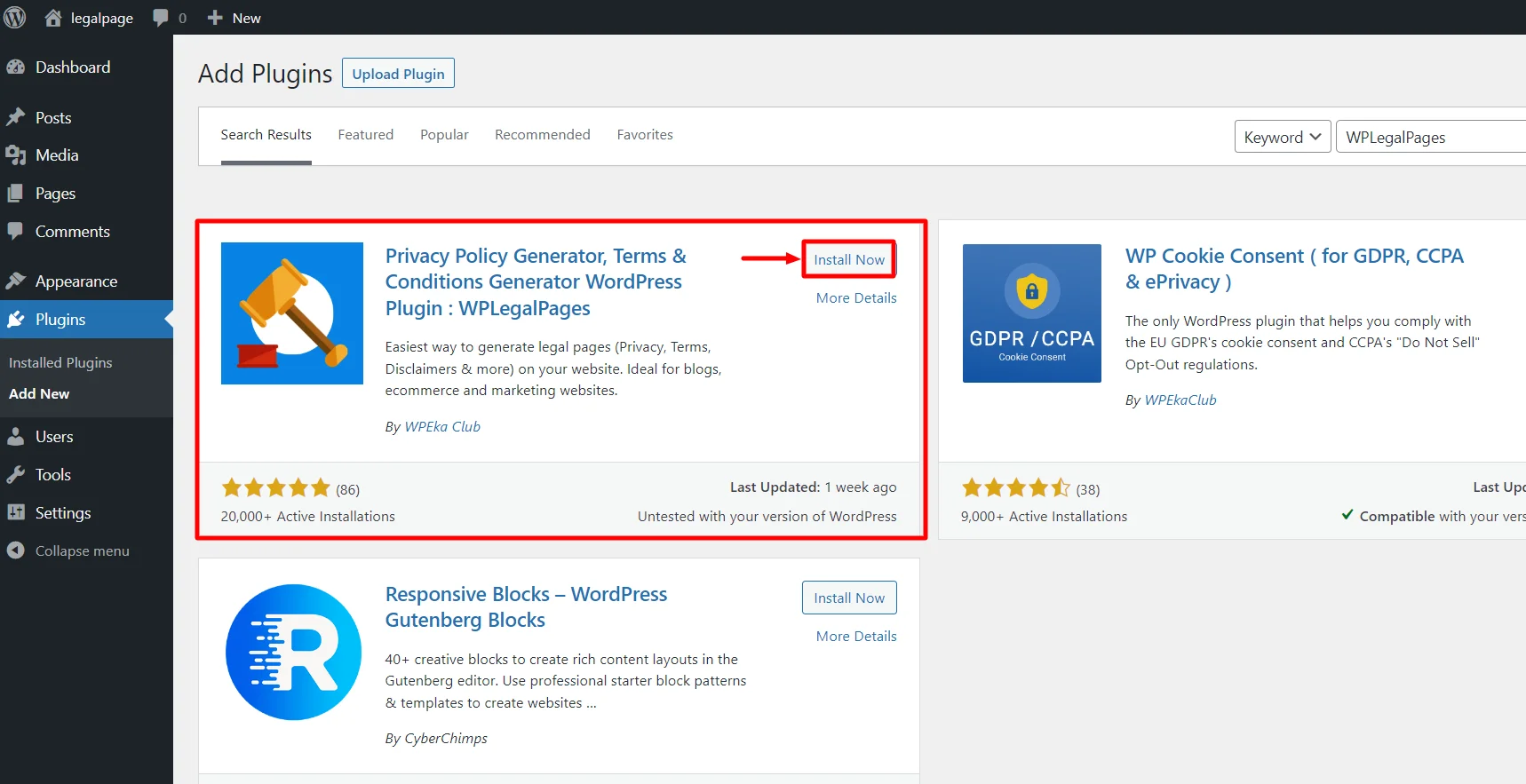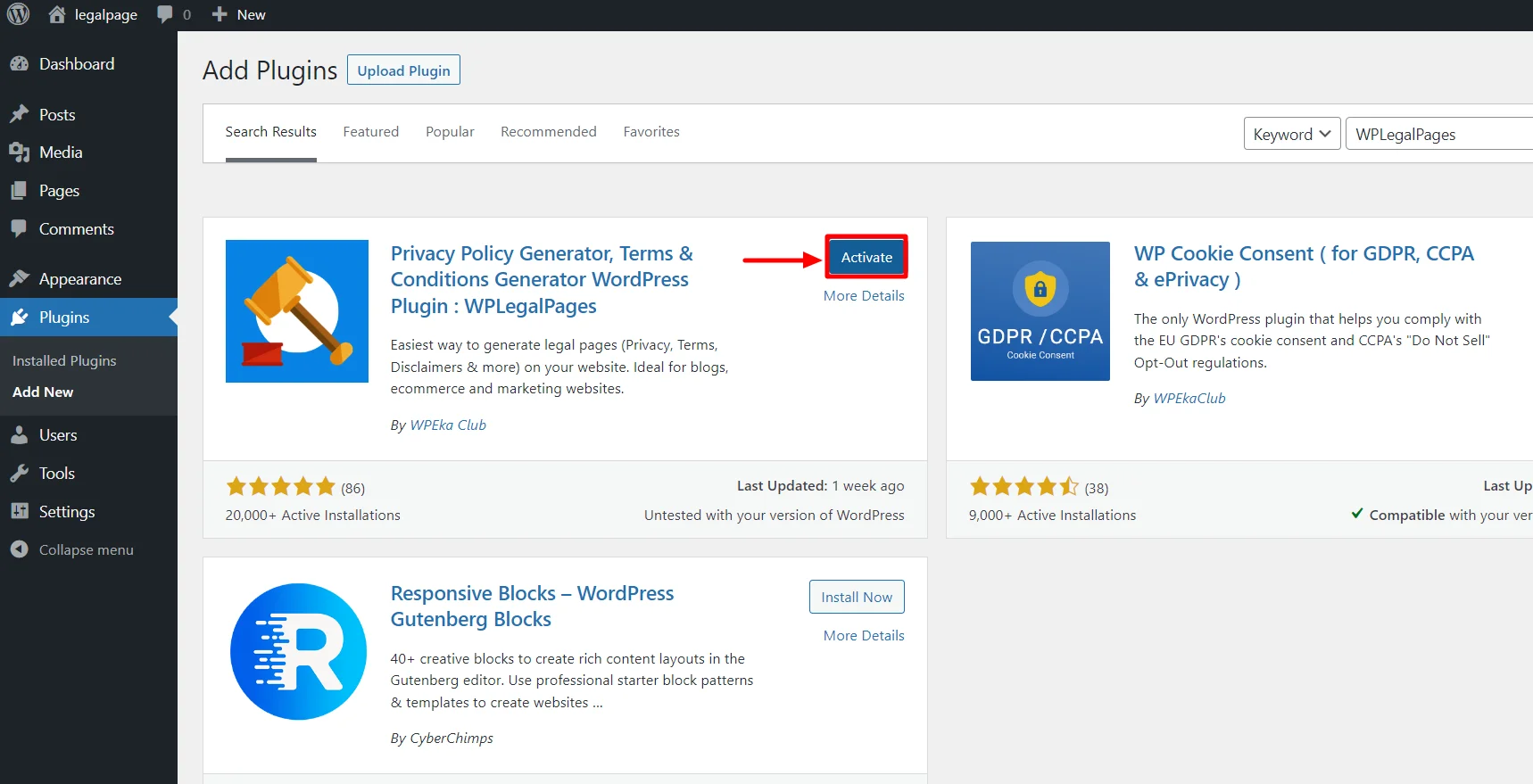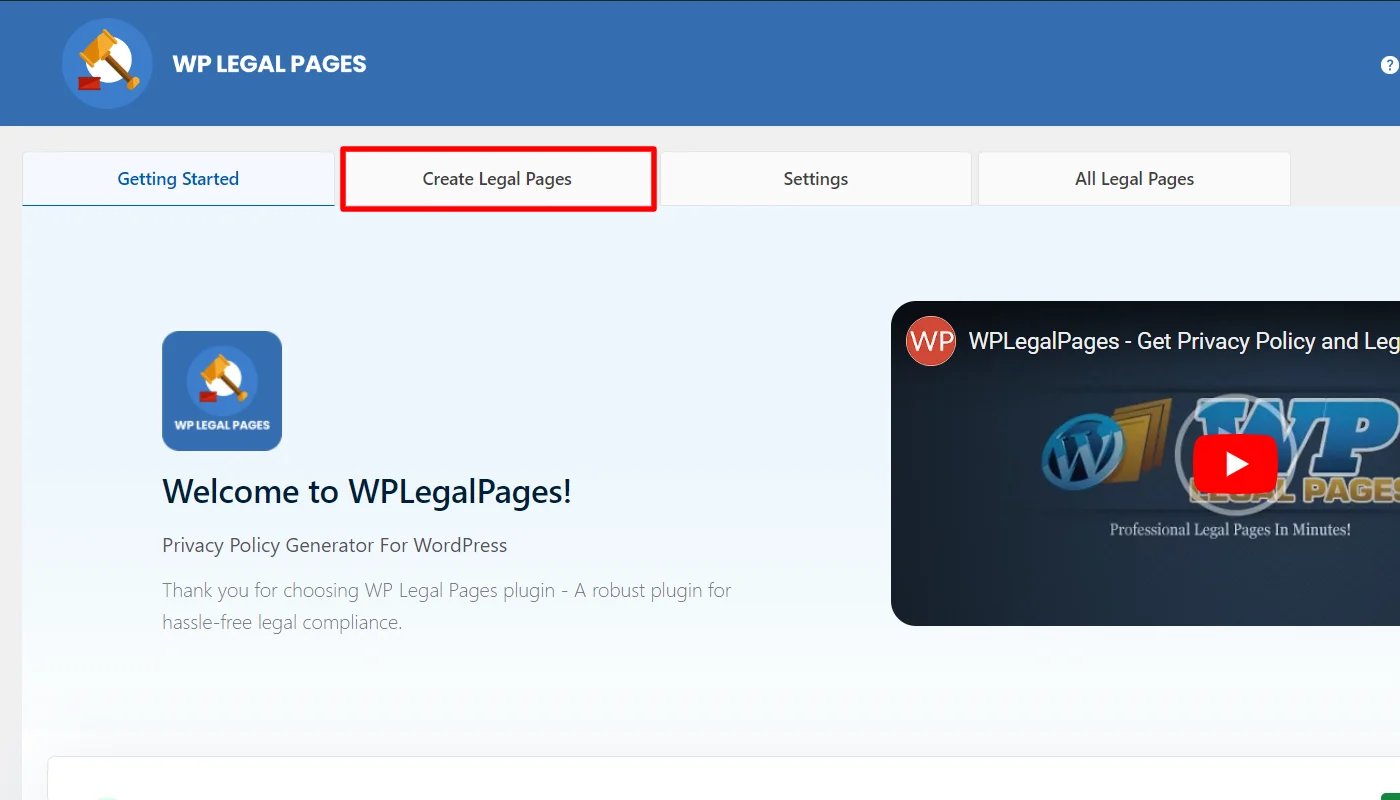Best Terms and Conditions Examples for 2024
Are you looking for best terms and conditions examples (T&Cs) to help your business establish trust and clarity with your users?
Well, it’s no wonder that transparency with your users is the best way to ensure their trust. Clearly, drafted terms and conditions can help any business establish a transparent relationship with its users.
In simple words, T&Cs are crucial legal agreements that outline the rights and responsibilities of both parties on a website or application.
This article explores some of the best examples of terms and conditions from various industries, highlighting key elements that make them effective.
Let’s delve further!
What Do Terms and Conditions Mean?
Before we discuss the list of examples of the best terms and conditions, let’s define what it is.
Typically, terms and conditions (T&Cs) are legal agreements between a business and its users that outline the rules and guidelines for using a website, app, or service.
They serve as a contract that defines the rights and responsibilities of both parties, ensuring that users understand what they can expect from the business and what is expected of them in return.
Why You Need Terms and Conditions On Your Website
Terms and Conditions (T&Cs) are crucial in maintaining the relationship between your business and users. Here are some key reasons why you need a terms and conditions page for your website:
- Legal Protection: The T&Cs provide legal protection for your business and its users. They outline each party’s rights and obligations, helping prevent potential disputes and misunderstandings.
- Clarity and Transparency: Clear T&Cs enhance transparency, allowing users to understand what they agree to when using your services.
- Risk Management: T&Cs help your businesses manage risks related to user behavior and potential legal issues by defining limitations of liability and outlining acceptable use policies.
- User Expectations: The T&Cs set clear expectations for users regarding the services provided, payment terms, and user responsibilities, which helps create a positive user experience.
- Dispute Resolution: In the event of a disagreement, T&Cs often include procedures for resolving disputes, such as arbitration or mediation, which can save time and resources.
- Compliance: Many industries have specific regulations that require businesses to have T&Cs in place. Complying with these regulations helps businesses avoid legal penalties.
- Intellectual Property Protection: T&Cs can include clauses that protect a business’s intellectual property, ensuring that users understand the ownership of content and resources.
Top Terms and Conditions Examples
Let’s now explore the best terms and conditions examples:
1. Cyberchimps

CyberChimps is a WordPress and plugin provider known for creating customizable themes and tools for easily building responsive websites.
The Terms and Conditions of CyberChimps exemplify clarity and user-friendliness in legal agreements. They emphasize user responsibility, requiring accurate information and secure account management. The document outlines intellectual property rights, ensuring users understand content ownership and trademarks.
Additionally, CyberChimps limits liability, reassuring users while maintaining transparency about potential risks. The terms also include provisions for modifications, allowing the company to adapt to changing circumstances while keeping users informed.
2. Amazon Prime

Amazon Prime is a subscription service that offers benefits like free shipping, streaming video and music, and exclusive deals for members.
The terms and conditions of Amazon Prime are exemplary in terms of clarity and organization. They break down complex legal jargon into straightforward language, making it accessible to all users.
The document covers essential areas such as user responsibilities, payment terms, and the process for returns and refunds. Amazon Prime also includes intellectual property and dispute resolution sections, ensuring users know their rights and obligations.
3. Google

Google is a technology company specializing in Internet-related services, including search engines, advertising, cloud computing, and software development.
Google’s Terms and Conditions stand out for their transparency and thoroughness. The document is divided into sections covering user data privacy, service changes, and user responsibilities.
Google uses plain language to simplify complex legal terms for everyday users. Additionally, its T&Cs include information about data collection practices and how users can manage their privacy settings.
4. Airbnb

Airbnb is an online platform that connects travelers with hosts offering unique accommodations, ranging from homes to experiences worldwide.
Airbnb’s Terms and Conditions effectively blend legal language with user-friendly explanations. The document covers critical aspects like host and guest responsibilities, payment processes, and cancellation policies.
Each section is clearly defined, making it easy for users to navigate. Airbnb also includes FAQs to address common concerns, further enhancing user understanding.
Airbnb ensures hosts and guests know what to expect, fostering a sense of security and trust within its community.
5. Facebook

Facebook is a social media platform enabling users to connect, share content, and communicate through posts, messages, and groups.
Facebook’s Terms and Conditions are comprehensive and regularly updated to reflect changes in policies and legal regulations.
The document includes detailed sections on user-generated content, privacy, and community standards, ensuring users understand the platform’s expectations. Furthermore, Facebook emphasizes the importance of user safety and outlines the consequences of violating the T&Cs.
6. Netflix

Netflix is a streaming service that offers a wide variety of movies, TV shows, and original content to subscribers worldwide.
Netflix’s Terms and Conditions are concise and straightforward, making them easy for users to read and understand. The document clearly outlines subscription and membership details, billing practices, and user rights regarding content access.
Netflix avoids using complex legal terms, ensuring users grasp their agreements without confusion. The T&Cs also address issues like account sharing and content availability, providing transparency about service limitations.
7. eBay

eBay is an online marketplace where users can buy and sell new and used items through auctions and fixed-price listings.
eBay’s Terms and Conditions are structured for clarity, with distinct sections tailored for both buyers and sellers.
The document covers essential topics such as user responsibilities, transaction processes, and fee structures. eBay emphasizes the importance of trust and safety in online transactions, outlining protections for both parties.
eBay fosters a secure marketplace environment, providing detailed dispute resolution and user rights information.
8. Spotify

Spotify is a music streaming service that provides users worldwide with access to millions of songs, podcasts, and playlists.
Spotify’s Terms and Conditions are designed to be user-friendly, focusing on subscription models and content usage.
The document clearly explains users’ rights regarding music streaming, account management, and content access. Spotify helps users navigate their agreements without confusion.
The T&Cs also address issues like payment terms, cancellation policies, and limitations on content sharing.
9. LinkedIn

LinkedIn is a professional networking platform that connects individuals, allowing them to share resumes, job opportunities, and industry insights.
LinkedIn’s Terms and Conditions emphasize professional networking and user conduct. The document includes sections on account security, user-generated content, and platform policies, helping maintain a professional environment.
LinkedIn clearly outlines the responsibilities of users, such as maintaining accurate profile information and respecting others’ privacy.
LinkedIn’s T&Cs are crucial in supporting its mission to connect professionals worldwide.
10. X

X is a social media platform that allows users to post and interact through short messages called tweets, fostering real-time communication.
X’s Terms and Conditions are designed to be clear and accessible, emphasizing user engagement and community standards.
The document outlines user responsibilities, including acceptable behavior and content-sharing guidelines. It also addresses privacy concerns, detailing how user data is collected and used. X further highlights the importance of user-generated content while maintaining ownership rights.
11. Microsoft

Microsoft is a technology company known for software products like Windows and Office and cloud services, including Azure and Microsoft 365.
Microsoft’s Terms and Conditions are comprehensive, covering a wide range of services and products. The document is organized into clear sections addressing user rights, responsibilities, and privacy policies.
Microsoft emphasizes security, outlining measures taken to protect user data and detailing user obligations regarding account security. The T&Cs include provisions for dispute resolution and limitations of liability, ensuring users understand their rights and the boundaries of Microsoft’s responsibilities.
12. Shopify

Shopify is an e-commerce platform that enables businesses to create online stores, manage sales, and process payments easily and efficiently.
Shopify’s Terms and Conditions are tailored for e-commerce businesses, providing clear guidelines for merchants using the platform. The document outlines user obligations, including payment processing, order fulfillment, and compliance with legal requirements.
Shopify emphasizes the importance of maintaining a secure customer shopping experience while detailing the responsibilities of both merchants and Shopify. It ensures that users are well-informed and provides comprehensive information on fees, intellectual property rights, and dispute resolution.
13. TikTok

TikTok is a social media platform for creating, sharing, and discovering short videos, often featuring music, dance, and creative content.
TikTok’s Terms and Conditions focus on user engagement and content creation within its vibrant community. The document outlines user responsibilities, including guidelines for acceptable content and behavior.
TikTok further emphasizes protecting intellectual property and user data, detailing how information is collected and used. It also addresses community standards and the consequences of violations, ensuring a safe and pleasant user environment.
What Should You Include in Terms & Conditions?
While going through these terms and conditions examples, if you are also planning to create an effective Terms and Conditions (T&Cs) for your website, here are key components that you need to include:
- Introduction: Begin with a brief introduction that explains the purpose of the T&Cs and the agreement between the business and the users.
- Acceptance of Terms: You must clearly state that users agree to the T&Cs by using the website or service. This section should specify how users accept the agreement (e.g., by clicking a button or using the service).
- User Obligations: Outline users’ responsibilities, including acceptable use policies, account security, and any restrictions on behavior (e.g., prohibiting illegal activities).
- Intellectual Property Rights: Include a section that explains the ownership of content, trademarks, and other intellectual property. Specify that users do not have the right to use this content without permission.
- Payment Terms: If applicable, detail payment methods, billing cycles, refund policies, and any recurring charges. Make sure users understand their financial obligations.
- Privacy Policy: Reference your privacy policy, explaining how user data is collected, used, and protected.
- Limitation of Liability: Include a clause that limits your liability in case of damages or losses incurred by users while using your service. This helps protect your business from legal claims.
- Dispute Resolution: Outline the process for resolving disputes, such as mediation or arbitration, and specify the governing law that applies to the agreement.
- Termination Clause: Explain the circumstances under which either party can terminate the agreement and the consequences of termination.
- Modifications to Terms: State that you reserve the right to change the T&Cs and explain how users will be notified of any updates.
- Contact Information: Provide contact details for users with questions or concerns about the T&Cs.
How To Create Terms and Conditions Page for Free
While reviewing the practical examples of terms and conditions, they might appear to be easy to create.
However, it may not be simple, as it requires a lot of legal expertise or professional consultation. Nevertheless, creating terms and conditions for your business may be simplified with the help of a terms and conditions generator.
A Terms and Conditions generator is an online tool that helps businesses create legally binding agreements outlining the rules and guidelines for using their services or products.
These generators typically provide customizable templates that cover essential topics such as user rights, responsibilities, liability limitations, and dispute resolution. While various terms and conditions generators are available, WP Legal Pages offers the best solution.

WP Legal Pages is an easy-to-use terms and conditions generator for websites. It offers intuitive wizard support to help you create a terms and conditions page using a template from start to finish.
All you need to do is download the plugin and sign up. The wizard will then guide you through a questionnaire that will help you tailor customized terms and conditions for your website.
Moreover, it also allows you to create templates in various languages, including English, French, German, Portuguese, Italian, and more.
To create terms and conditions for your website using WP Legal Pages, follow the following steps:
Installing The WP Legal Pages Plugin
Navigate over your WordPress Dashboard and click on Plugins > Add New.

Search for WPLegalPages in the search bar.

Click on the Install Now Button.

Click on the Activate button and activate the plugin.

Configuring WP Legal Pages Plugin
After activating the plugin, you can access it directly from the Dashboard.

Go to your Dashboard, click WPLegalPages, and click Accept to generate the necessary legal pages.

Creating Account in WP Legal Pages
Generate a Privacy Policy for your website by selecting Create Legal Page from the WP Legal Pages menu.

Next, scroll down and select the Terms and Conditions option and click on Create.

Once you click Create, a new window will pop up, asking you to set up a new account. If you don’t have one, Click “New? Create a free account,” or choose “Connect your existing account” if you’re already a user.

After Signing Up, your account will be connected to your website, allowing you to start creating legal pages for your site.

Creating your account has been finished, and you can now start drafting the Legal Pages for your website.
Creating Terms and Conditions for Website
Upon successfully signing up, you will be redirected to your four templates currently available in the free version. Choose the Terms & Conditions option to CREATE a terms and conditions page for your website.

Now, fill in the details in Recommended Settings and click Next

Fill in the Data Sections and click Next

Next, preview the Terms and conditions policy template, and to make changes, click Create and Edit

Edit & Publish Terms and Conditions Page
Now you can make the changes, customize your terms and conditions page as per your needs, and Publish it.

That’s it! By following these steps, you can successfully create a terms and conditions page for your website.
Conclusion
Having clear and comprehensive Terms and Conditions is crucial for establishing trust and transparency between businesses and users.
Successful examples from leading businesses show how T&Cs protect legal rights and clarify user responsibilities.
Crafting an effective T&Cs document for your website may be tedious, but using a Terms and Conditions generator like WP Legal Pages can simplify the process.
If you liked the article, you can also check out:
If you’re looking to add a terms and conditions page for your website, grab the WP Legal Pages plugin now!


